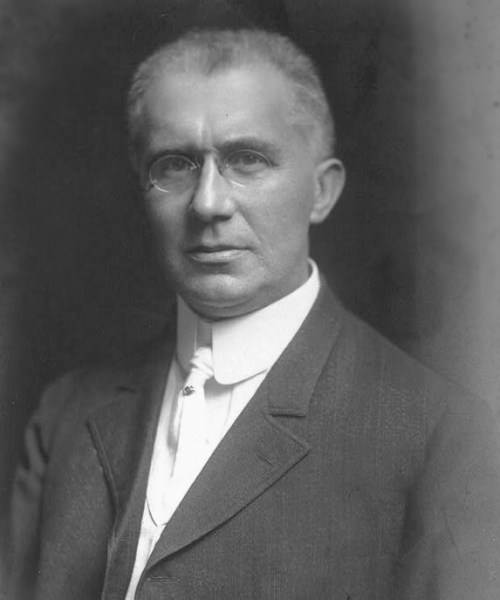Emile Berliner - Inventor of the Gramophone
History of recording and reproducing sound went through several distinct phases, but the general acceptance of such devices became widespread only after the invention of German-born American inventor Emile Berliner. His design that bared the name Gramophone improved upon previous models that were made by Thomas Edison and Alexander Bell toward the end of 19th century by adopting new storage medium that enabled much easier manufacture, good sound quality improved length of recordings and much easier handling.
Emile Berliner was born in 1851 in Hanover, Germany, as a son a Jewish merchant. 19 years later he avoided recruitment into Franco-Prussian War by leaving for United States of America where he worked various jobs while trying to learn more about physics in Cooper Union Institute. After some time he became greatly interested in telegraphy and telephony, managing to improve telephone transmitters that were available on the market (microphones). Even though the ensuing patent battle between him and Alexander bell did not end up in his favor, Berliner at least managed to find a job in Bell Telephone between 1877 and 1883. After that stint he went to Washington where he established himself as an independent researcher and started working on his own sound recording device.

In 1887 Emile Berliner was granted his first patent on a device called gramophone. It had all the similar characteristics as Edison's Phonograph and Bell's Graphophone, but the storage medium was not wax or tinfoil covered cylinders. Instead of that produced metal discs that were engraved with modulation of recorded sound, and were easily manufactured in great quantities by using the process of photoengraving. During first few years of gramophones production he managed to sell it only to toy companies, which changed in 1895 when he managed to gather funds and establish Berliner Gramophone Company. Expansion of his gramophone (who was by then much improved with stable and constant rotating lock-work spring-wound motor) continued in the following years by creation of theEnglish Gramophone Company in 1897, German Deutsche Grammophon in 1898 and Canadian Berliner Gram-o-phone Company in 1899 (chartered in 1904).
Early 1900s were the times when technology of gramophone discs received many updates, and when basic patent for the manufacture of lateral-cut disc records expired in 1919, greatly increased output of gramophone production solidified it as the leading source of sound recording and playback.
During remainder of his career, Emile Berliner focused his work on the production of many new innovative devices, most notably helicopters. He died from a heart attack in 1929, at the age of 78.
